Alan Wake Review (Xbox 360)
- Updated: 19th Oct, 2010
 We’ve asked Tom Wallis from Newbreview to do a spot of writing for us. Tom chose to write about a writer called Alan Wake: a man who narrates his life while trapped in his own manuscript. A manuscript that he can’t remember writing. Writing about a writer stuck in his own writing? Games journalism doesn’t get more post-modern than this.
We’ve asked Tom Wallis from Newbreview to do a spot of writing for us. Tom chose to write about a writer called Alan Wake: a man who narrates his life while trapped in his own manuscript. A manuscript that he can’t remember writing. Writing about a writer stuck in his own writing? Games journalism doesn’t get more post-modern than this.
Episode One – The Intro
Alan Wake is an experience that wears its influences on its sleeve like a corsage that’s not only bright and eye catching, but that the wearer points to every five minutes and says, “Have you seen this?!” The first two words of the admittedly excellent voice work from Matthew Porretta are “Stephen King”, and the game continues with this level of referential subtlety for the next twelve hours or so.
 Despite this minor gripe, Alan Wake delivers atmosphere in droves. From the off you’re treated to a fully realised and fleshed out world that is eerie in the extreme. The game certainly looks spectacular, though it’s worth noting that it looks markedly better during cut scenes than gameplay. Whilst this is not such a bad thing in most games, the sheer amount of cut scenes in the opening sections of Alan Wake casts a stark light *snigger* over the rest of the game and breaks from the immersion that it tries so hard to build.
Despite this minor gripe, Alan Wake delivers atmosphere in droves. From the off you’re treated to a fully realised and fleshed out world that is eerie in the extreme. The game certainly looks spectacular, though it’s worth noting that it looks markedly better during cut scenes than gameplay. Whilst this is not such a bad thing in most games, the sheer amount of cut scenes in the opening sections of Alan Wake casts a stark light *snigger* over the rest of the game and breaks from the immersion that it tries so hard to build.
Episode Two – The Tireless Narrator
Previously in Tom’s review of Alan Wake… Tom talked about the somewhat overzealous references littered throughout Alan Wake and implied that the visual quality of the cut scenes makes the rest of the game feel a bit cheap and unrealistic by comparison.
Alan Wake has been billed as a cinematic experience and it certainly follows through on this promise; from the episodic layout of the plot to the narration between major set pieces throughout the game. The game’s narrative style is novel to begin with, but quickly becomes tiresome as you begin to realise you’ve been watching the game about as much as you’ve played it. This certainly isn’t Metal Gear Solid IV (a 30 hour movie with interactive sections) but neither does it feel like you’re really getting your gaming fix from what is already a relatively short-lived title.
Alan Wake’s success rests on the gamers’ ability to allow themselves to become immersed and follow the carefully planned path the developers have laid out for them. This is a fine concept, but this carefully laid out path teeters on a knife edge. Ultimately, the fact that you’re playing a game means it’s often easy to step outside this path, breaking the immersion. Even trying to play as I thought the developers wanted me to, there were a few instances where I was pulled out of the experience with the jarring realisation that what I was experiencing was just a game.
Episode Three – A Micromachine in the Darkness
Previously in Tom’s review of Alan Wake… We talked about overusing cut scenes and how easily an immersive experience can be broken.
 The driving sections of the Alan Wake were woefully misjudged and come as a jarring departure from the standard gameplay. Every time Alan sidles up to a vehicle you get that sinking feeling as you realise you’re going to have to trundle around in what feels like the offspring of a bumper car and a Micro Machine until you reach a bottleneck in the road: the game’s less than subtle way of drawing each driving section to a close. I can’t help but feel that the game could have been improved immensely by having another cut scene rather than forcing me to suffer through the primitive driving mechanics.
The driving sections of the Alan Wake were woefully misjudged and come as a jarring departure from the standard gameplay. Every time Alan sidles up to a vehicle you get that sinking feeling as you realise you’re going to have to trundle around in what feels like the offspring of a bumper car and a Micro Machine until you reach a bottleneck in the road: the game’s less than subtle way of drawing each driving section to a close. I can’t help but feel that the game could have been improved immensely by having another cut scene rather than forcing me to suffer through the primitive driving mechanics.
The combat of Alan Wake requires you to use various light emitting devises, such as a torch or flare, to strip away the darkness shrouding the zombie-like “Taken” in order to pump them full of lead until they fizzle into nothingness. This is an intriguing take on a mechanic that has been tried again and again; however the resulting gunplay is unfortunately functional rather than genuinely enjoyable.
For all its flaws, there are a few things that Alan Wake does very well indeed. As I’ve mentioned, the voice acting is superb. Not only does Matthew Porretta’s protagonist convey every emotion you’d expect from a man going through such a harrowing experience, but Alan Wake as the narrator evokes a satisfying blend of apathy, pretentiousness and arrogance. Whether this is intentional or otherwise, I thought it was a nice touch; after all, we’re listening to a man who is quite literally wrapped up in his own writing.
Episode four – A Fitting End
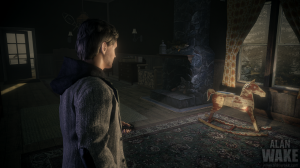 Previously in Tom’s review of Alan Wake… Yes alright I’ll stop this now, but you get my point. Every episode begins with a summary of what happened previously. Notably, this is skippable, but the annoyance is still there. It seems as if the game actually invites you to put down your controller at the end of every episode. This only adds to the overwhelming feeling that Alan Wake would have made a much more enjoyable TV show than it does a game.
Previously in Tom’s review of Alan Wake… Yes alright I’ll stop this now, but you get my point. Every episode begins with a summary of what happened previously. Notably, this is skippable, but the annoyance is still there. It seems as if the game actually invites you to put down your controller at the end of every episode. This only adds to the overwhelming feeling that Alan Wake would have made a much more enjoyable TV show than it does a game.
For every enjoyable element of this game there are a handful of downright broken ones. Whilst the game’s premise is bold and engaging, it seems a shame that the developers haven’t managed to produce a more interesting end product. Despite its flaws however, Alan Wake remains worth a look, if only because the lack of a lengthy storyline means the game will end only shortly after your interest does.
Also see Tom’s review of the downloadable chapter Alan Wake: The Signal.
Screenshots:


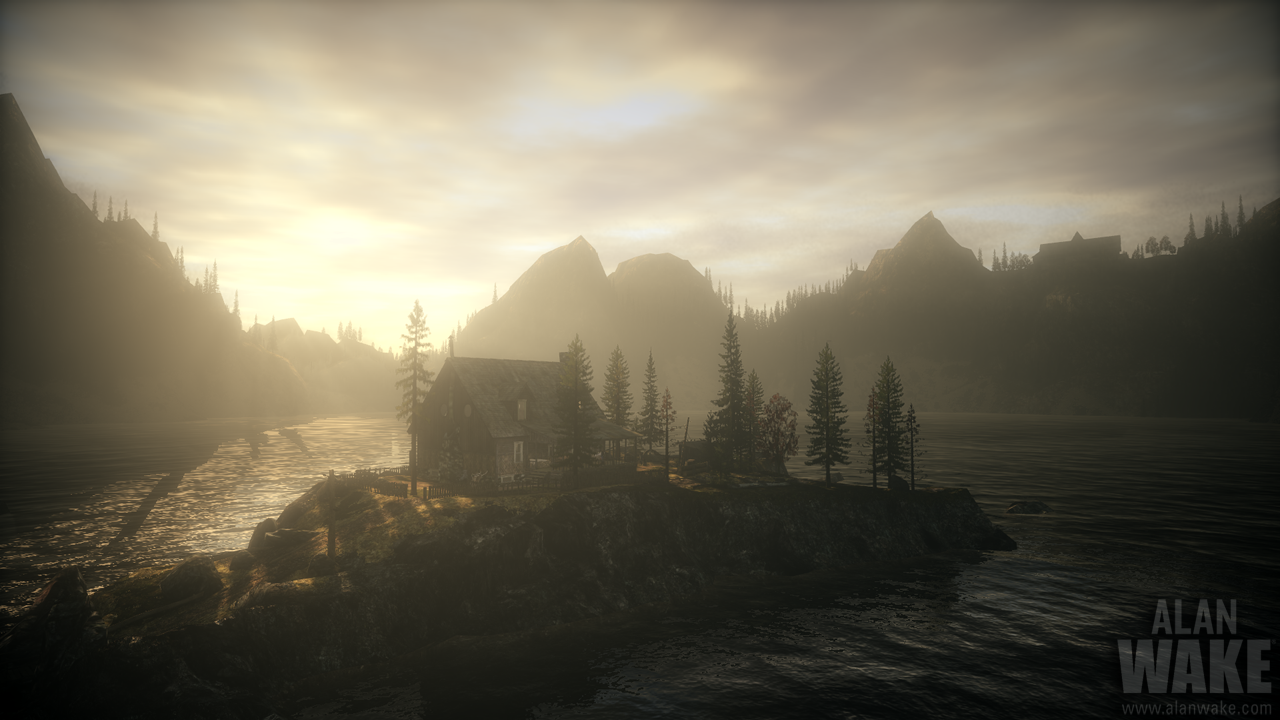
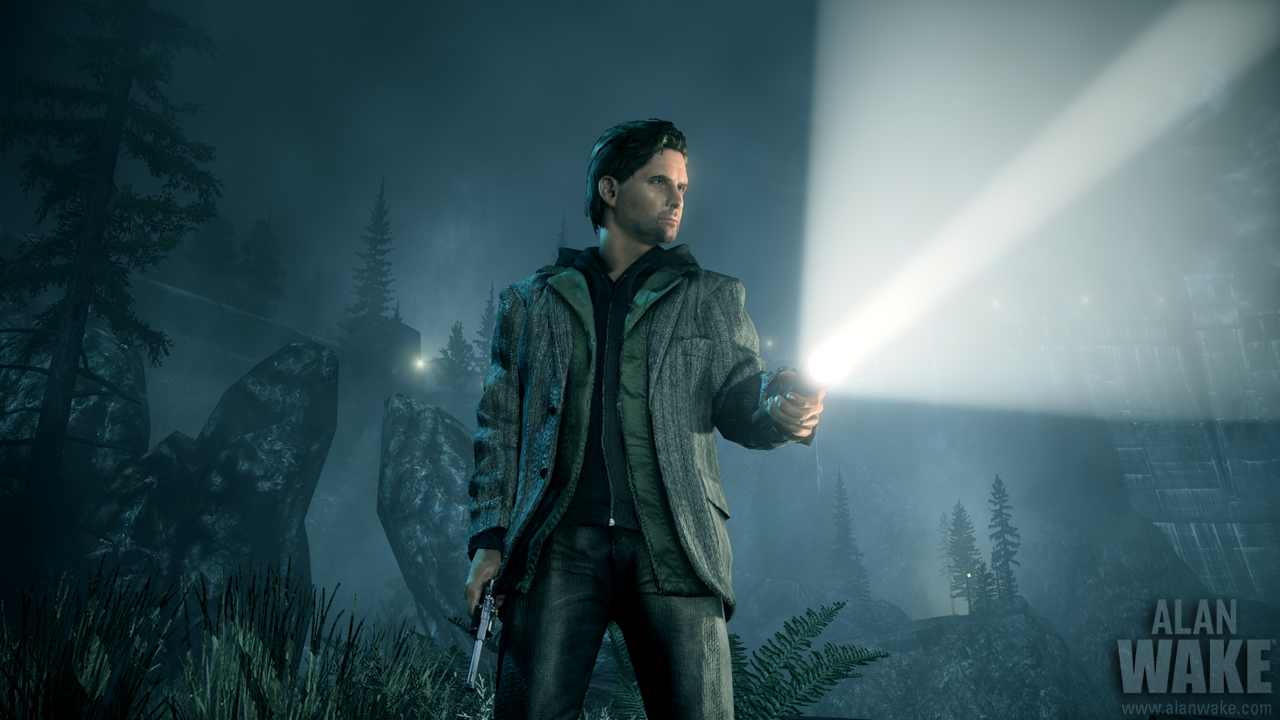

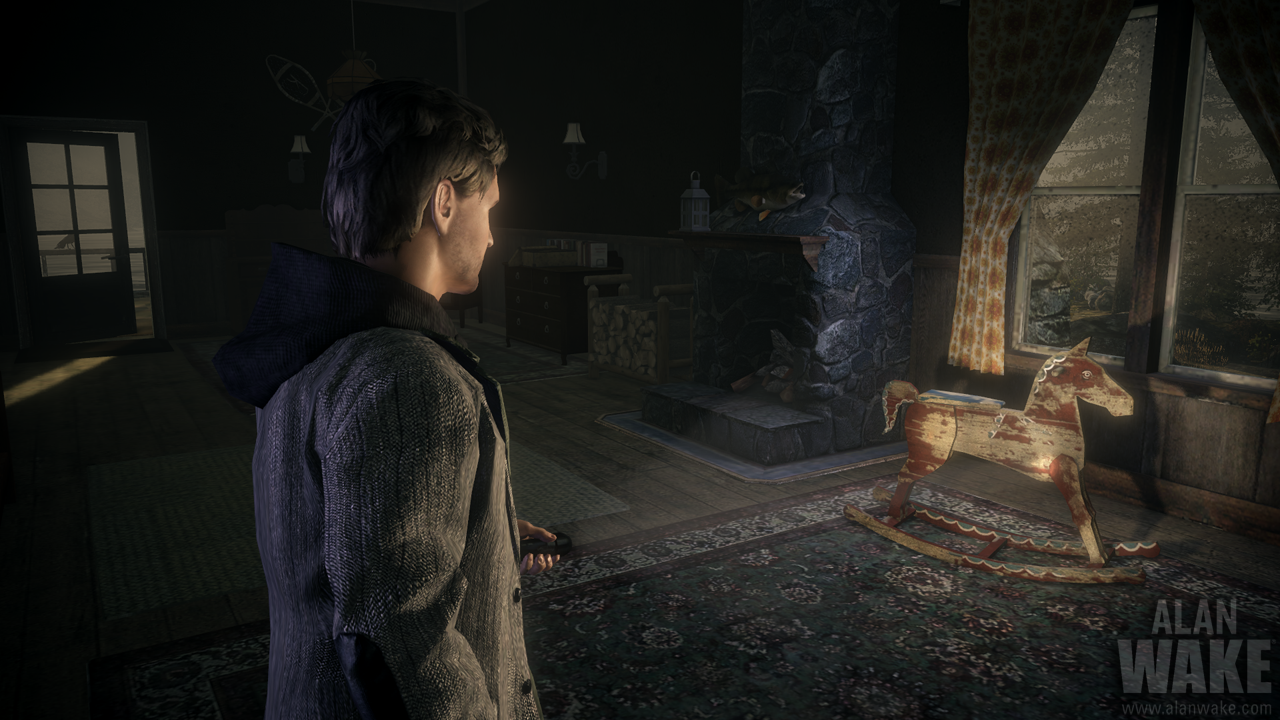
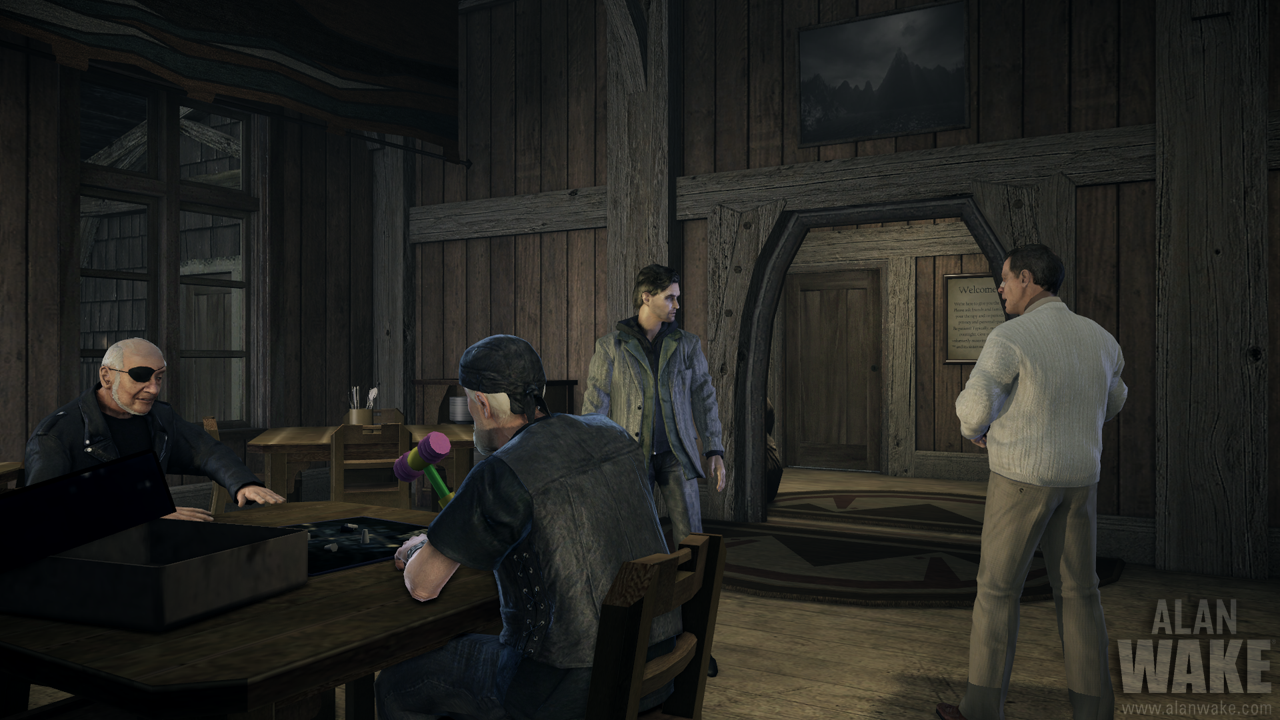
Pingback: Alan Wake: The Signal Review (360) - The Average Gamer